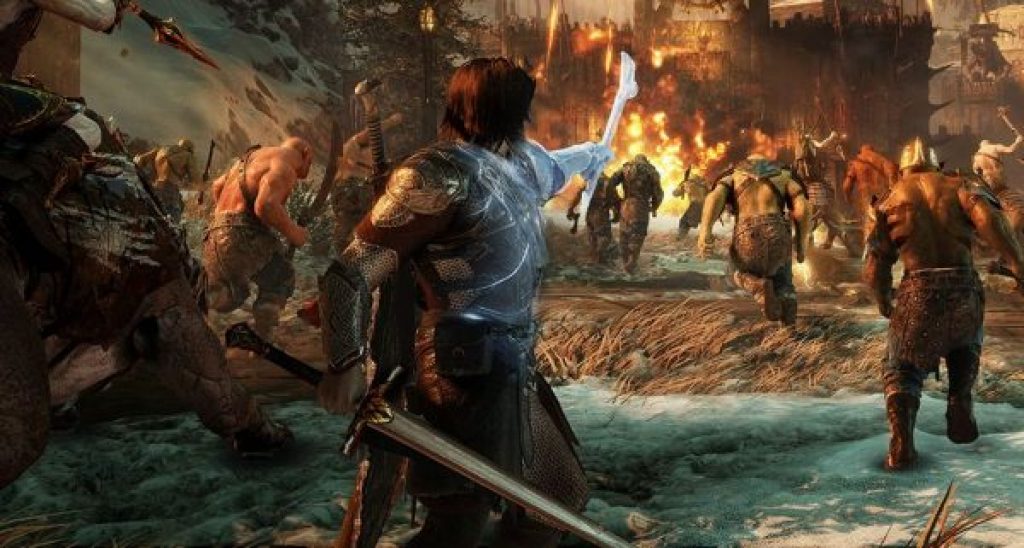

This hydrogen setup will power a fleet of trucks and forklifts being tested for ASKO, a local grocery wholesaler.įor now, though, the dirtier forms of hydrogen production remain less than half as expensive as renewable ones. Not so at the Berlevag wind farm, or in the Norwegian city of Trondheim, where a technician employed by Swedish vehicle manufacturer Scania AB is working with hydrogen electrolyzers and tanks that will be fueled by solar panels. One longtime knock on hydrogen fuel has been that fossil fuels are often required to generate it. Proponents say it will become an essential component of a more environmentally friendly future as a growing supply of renewably generated hydrogen makes the fuel more competitive. 1 in electric vehicles, is on track to become a leading adopter of the universe’s most abundant element. The hydrogen-battery revolution has been 10 years away for decades now. Photographer: Rocco Rorandelli for Bloomberg Businessweek Hydrogen tanks inside the Scania regional service center of Trondheim. But he got the basic design right, and that’s why he’s regarded as its inventor today-and why its sesquicentennial is being celebrated as the International Year of the Periodic Table. He also produced a convoluted case that ether was an element. Mendeleev didn’t get everything right: He believed that elements were unique and resisted the idea that they had the same building blocks. In most periodic tables, the lanthanides and actinides are placed in rows at the bottom to avoid making the table impractically wide. The column on the far right shows the noble gases, whose outer electron shells are full, making most of these elements useful in lighting since they won’t react with others. That’s how we get compounds such as sodium chloride-table salt-and potassium iodide, which helps protect the thyroid from the effects of radiation. The alkali metals, shown in the first column on the left, for example, have one electron in their outer shell and therefore tend to bond particularly well with the halogens, in the second column from the right, which have seven electrons in their outer shell and lack the single electron needed to complete it. The columns depict elements that have similar chemical properties. The standard atomic mass is sometimes given to multiple decimal places, with the number in parentheses if it’s for the longest-lived isotope. The atomic number tallies the protons in the atom’s nucleus. Each element has a one- or two-letter chemical symbol, usually derived from its common name but sometimes from another language, making gold, for example, “Au” for the Latin aurum. Since his death from influenza in 1907, the table has changed some, but its fundamental organization remains. Mendeleev himself took part in this, investigating processes related to Russian coal, oil, and even cheese production during the country’s fitful drive to modernize. Increasing scientific acceptance of these theories accelerated research into the material world and its industrial and commercial applications. With the discovery of gallium in 1875, scandium in 1879, and germanium in 1886, the theories underlying the table were shown to be true. The work Mendeleev published beginning in 1869 both laid out the periodicity of the elements and predicted spaces for ones not yet identified. Dissatisfied by existing Russian inorganic chemistry textbooks, he decided to write one himself. He studied chemistry in Heidelberg and Paris, then earned a doctorate back home and became a tenured professor at Saint Petersburg Imperial University. But it took Dmitri Mendeleev to create a genuinely systematic and predictive table.īorn in Tobolsk, Siberia, in 1834, the youngest of more than a dozen children, Mendeleev graduated from the Main Pedagogical Institute in St.

In 1864, John Newlands argued for a law of octaves, asserting that every eighth element had similar attributes. By 1808, John Dalton was listing them by atomic weight.

Scientists have long sought to catalog the known elements: In 1789, Antoine Lavoisier sorted them by their properties.


 0 kommentar(er)
0 kommentar(er)
